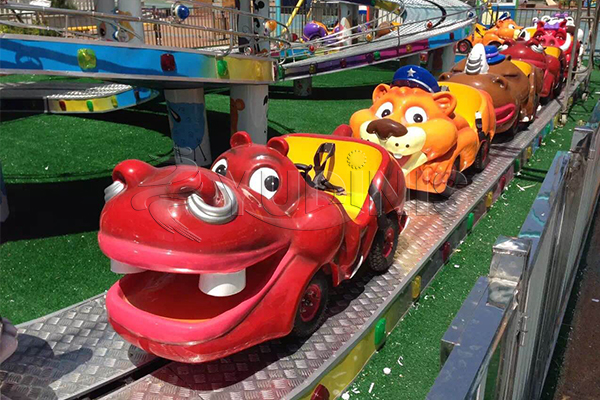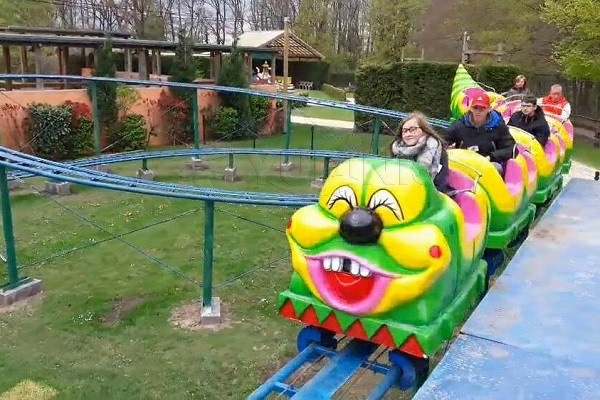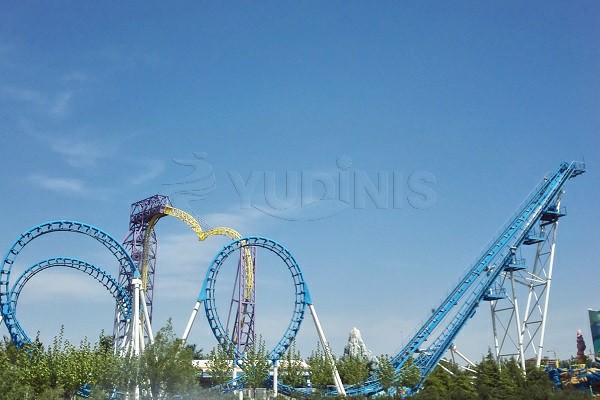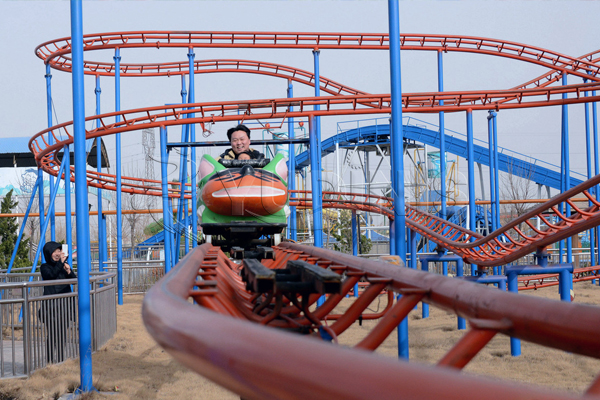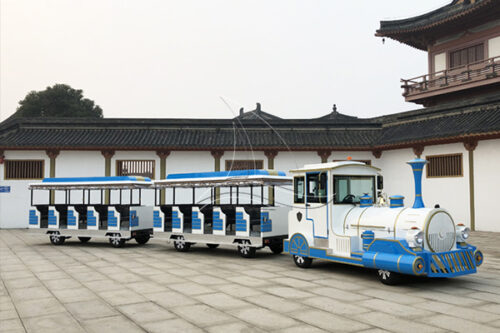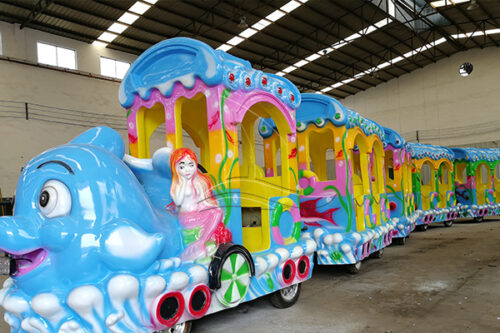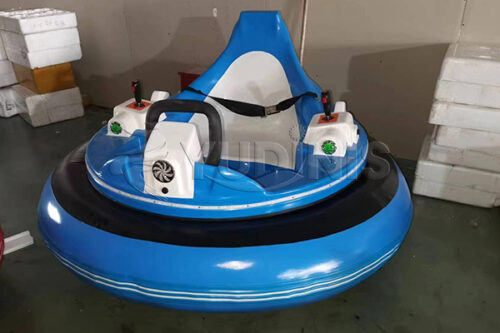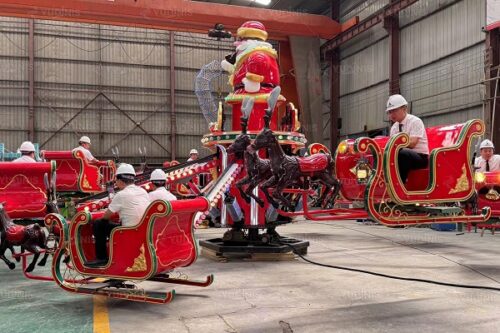Would you like to know how does a roller coaster move along the track? The basic mechanism behind the movement of roller coasters relies primarily on gravity, inertia, centrifugal force, and propulsion (such as motors, chains, or linear induction motors). The basic mechanism behind roller coaster movement is based on several forces and means of propulsion. Gravity, inertia, and centrifugal force are the natural forces that drive the motion, while artificial propulsion is provided by mechanisms such as motors, chains, or linear induction motors.
Although the details of roller coasters of different sizes and types differ, the basic principles are similar. Although the details of roller coasters of different sizes and types are different, the basic principles are similar. Below I will describe the operational mechanisms of 3 different types of roller coasters that our company manufactures. They are the mini roller coaster, the wacky worm coaster, and the large roller coaster.
Mini Roller Coaster:
Our mini roller coasters are designed for kids, typically smaller in scale with relatively gentle speeds. They often use a motor-driven chain lift system at the starting point to pull the carriages up to the highest point of the track. Then, rely on gravity to glide along a gentle track.
When turning, the carriages remain stable due to the lateral guidance of the track and the friction between the wheels and the track. When turning, the lateral track guides and wheel friction stabilize the carriages. With no complicated inversions or steep drops, it’s an ideal and gentle experience for kiddies and families.
Wacky Worm Roller Coaster:
The worm coaster is a medium-sized ride also suitable for children. It has 2 track options: a flat track and a spiral track. Similar to a mini coaster, the Caterpillar ride also uses a chain lift system to elevate cars to the initial peak. The cabins then descend along a helix or other shaped tracks.
During the descent, the cabins accelerate due to gravity and navigate the curves of the track with the help of centrifugal force. Our track design and the guide wheels beneath the carriages ensure they stay on track. The helical track provides a more thrilling experience for children without being too scary or uncomfortable.
Large Roller Coaster:
Dinis’s amusement park big roller coasters feature fast-moving tracks with loops, spirals, and high-speed drops. To reach the highest point, the carriages are lifted by either a chain or a linear induction motor (LIM). Once at the peak, they are released, sliding down the track and gaining speed from gravity.
As the carriages navigate through loops or inversions, they must maintain sufficient speed to counteract gravity. Centrifugal force plays a crucial role during these maneuvers, helping to keep them on track. Additionally, these coasters feature complex safety mechanisms. These include multiple wheel systems such as up-stop wheels, side-friction wheels, and under-friction wheels. All of these help keep the cars securely on the track, even when they invert. Thus, these large roller coasters are generally more suitable for thrill-seeking adults and may be too intense for children.
Wheel design, track shape, and car structure are essential for roller coaster ride stability and safety. At Dinis, we meticulously engineer wheels to fit rails snugly and employ mechanical principles to prevent derailing at high speeds. Our roller coaster car for sale utilize advanced hydraulic, magnetic, or friction brakes for safe deceleration and stopping. Each design is a testament to our attention to detail, ensuring a commitment to quality and safety for investors and users alike.
Understanding how does a roller coaster move along the track can help us to enhance the fun of the roller coaster ride. It also ensure the safety of our guests to the greatest extent possible. By choosing Dinis, you are selecting not just cutting-edge technology, but also a partner with steadfast dedication to safety. We sincerely invite you to choose us as your partner to provide your customers with exciting and safe entertainment experiences.

